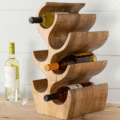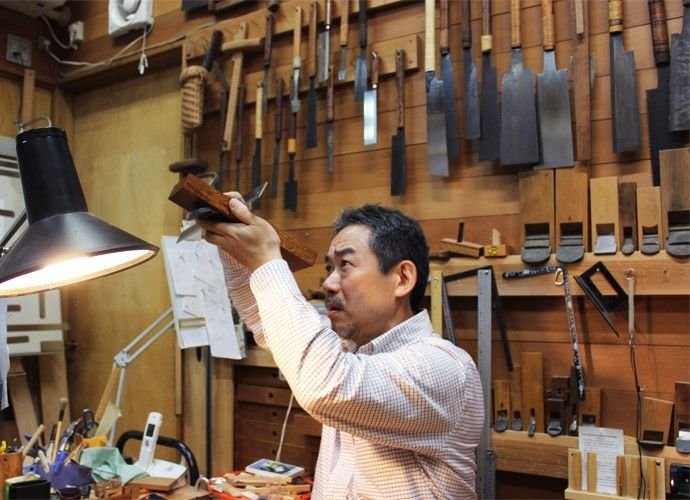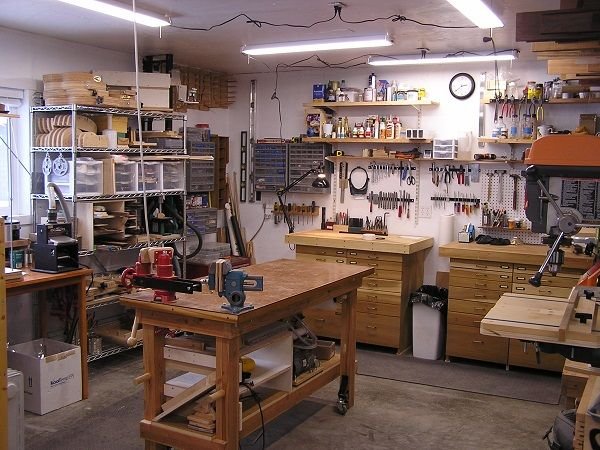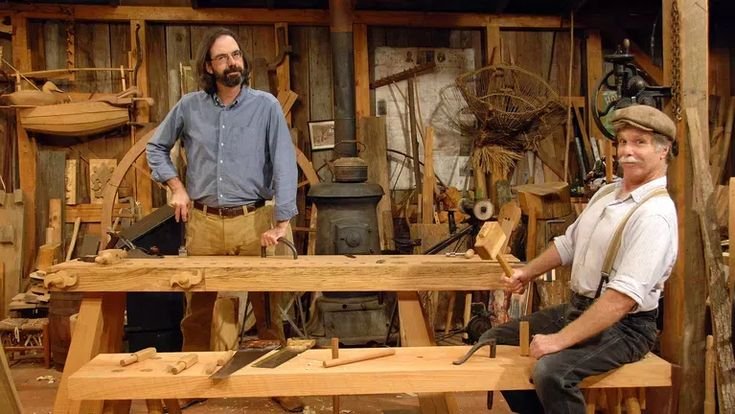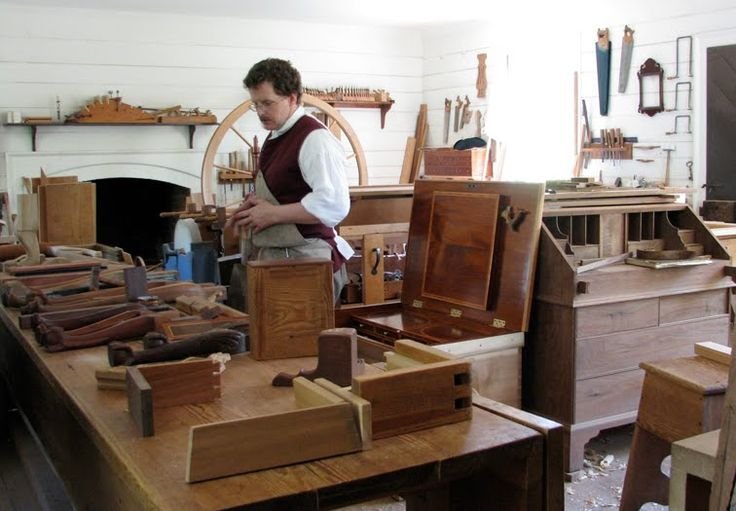The Allure of Old Woodworking Tools
You know, I was sitting down the other day, coffee in hand—black, strong, just like I like it—thinking about the first old woodworking tool I ever bought. It was a Dad’s old jointing plane, well over fifty years old, and honestly, it looked like it had been through a war. I remember finding it in the attic, covered in dust and half-sunk into a pile of forgotten memories.
I was a bit hesitant, I’ll admit. Vintage tools can either be gold or absolute junk, and it’s really a roll of the dice sometimes. Desperate for something to carve my way into woodworking, I thought, “What do I have to lose?” So, I took it to my bench, gave it a good scrub, and by the end, I was surprised at how beautiful that tarnished blade could look. At that moment, it wasn’t just an old tool; it was a connection to the past.
The Magic of Restoration
You ever experience that? When you pick up a tool and feel like, “Wow, someone used this to create something.” It was a Friday afternoon when I finally decided to give it a shot, and let me tell you—scraping off that rust and bringing it back to life was a thrilling kind of magic. There’s something grounding about it, you know? The way it felt in my hands, the smell of the wood as I planed it. It was cedar, fresh and fragrant, but the old plane made me work for it.
Now, I should mention, that first attempt wasn’t without its hiccups. I almost tossed the plane out the window when I realized I had sharpened the blade all wrong. The thing might as well have just been a fancy doorstop! With a little humility—if you could call it that and a lot of online video-watching—I figured it out eventually. It’s funny; I can’t say I enjoy the tech stuff all that much, but sometimes you have to embrace the modern ways, right?
The Tinkering Mindset
Once I got it working, though… whew! I felt invincible. I was convinced I could take on the world. I remember the next project—a simple coffee table, mind you—but it turned into a grand quest. I was crafting with pine and thought I was some kind of expert, whipping out tenons and mortises like a pro. I didn’t even grab the angle measurement right, and ended up with a tabletop that looked like it was auditioning for a circus act.
So there I was, half-drunk on ambition and coffee, trying to figure out how I messed up something so simple. The sound of the saw ripping through that wood? It was like music, until it slapped me in the face with disappointment. It was like one part satisfaction and two parts terror all rolled into an afternoon disaster. I sat there, staring at my creation that didn’t quite resemble any table I hoped for, feeling a wave of defeat wash over me.
But hey, that’s the beauty of it, right? I didn’t give up. There was a little voice in my head—probably the last remnants of my Dad’s encouragement—that just wouldn’t let me toss it aside. I decided to go back in there and salvage what I could. After all, it’s just wood, and wood can always be fixed—or at least reshaped.
The Community of Woodworkers
I remember sharing a picture of my “table” with some guys at the local woodworking club I’d joined. They had a good laugh, but it wasn’t mean-spirited or anything—they were all just telling their own stories of bloopers like mine. That’s one of the best things about getting into old tools and woodworking: you meet folks who just get it. They’ve been through it all—the triumphs, the failures, the glorious “ah-ha” moments, and the “what was I thinking?” disasters.
Just the other day, I was talking to one of the guys about his collection of vintage chisels. He was telling me a story about a chisel made by a brand called “Stanley.” I remember hearing that name from my granddad, too. Those old tools just have this soul; they kind of whisper to you if you listen closely enough. The way the grain of wood feels through your fingers, the sharpness of a freshly honed chisel—you become aware of this connection to all the other hands that have shaped it before you.
Learning Over Perfection
In many ways, every project becomes a learning experience. Like last Christmas, I decided to make some ornaments. Simple stuff, right? Turned out to be a whole misadventure! The birch I was using splintered everywhere—even thought I’d sanded it down like a madman. The sawdust, oh the sawdust, just getting everywhere like a snowstorm. The smell of that wood, though? Yes, that comforting woody smell made it all worthwhile.
I remember stringing the ornaments and thinking, “Well, they may not win any awards, but they’ve got character!” And character, my friends, is what it’s all about.
A Journey to Embrace Mistakes
So, here’s the thing: if you ever find yourself thinking about diving into woodworking, just go for it. Seriously. Don’t be afraid of the wonky tables or the moments when you feel completely bewildered by an older tool. It’s all part of the experience. Each blade, each rusted screw, they’re like postcards from an older era, whispers from woodworkers before us, all inviting us to join in the dance.
With each challenge, I feel more grounded, more connected—not just to the wood but also to myself. You might mess up, you might not love each project, but each step you take is a step worth taking. So grab that old tool, and maybe a cup of coffee, and let’s see what you can create. You might just surprise yourself.

